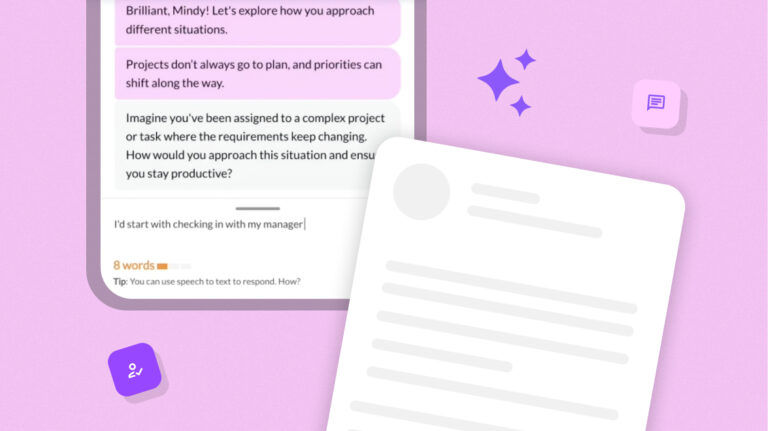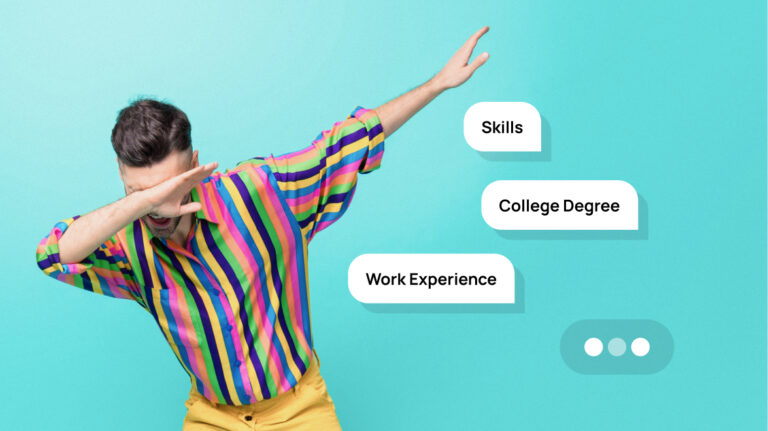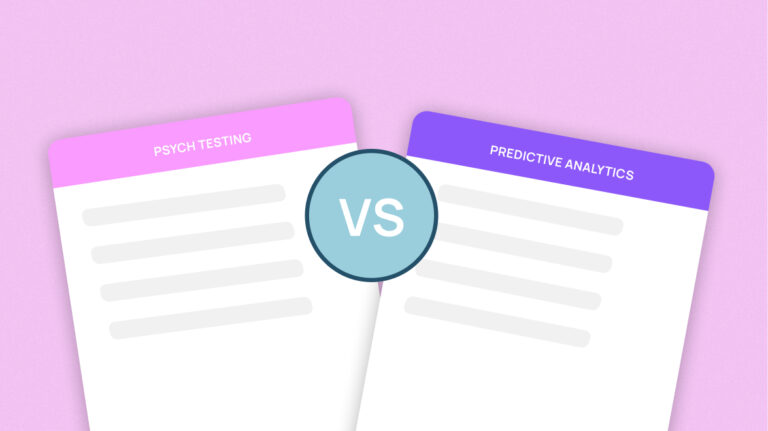Finding hidden human talent – insights from HR Tech World Congress

The Pulse of Innovation in HR
A few weeks ago, I had the privilege to attend Sir Ken Robinson’s opening keynote speech – ‘The Pulse of Innovation’ – at HR Tech World Congress in London.
(You might recognise Sir Ken Robinson from his Ted Talk, ‘Do schools kill creativity?’, which has been viewed almost 45 million times so far.)
As expected, Sir Ken’s speech was filled with equal parts of humour, inspiring stories and thought-provoking ideas around creativity and innovation at work.
Sir Ken opened by highlighting that the average lifespan of organisations is now shorter than it ever has been, and he stressed the importance of continuous innovation and adaptation to external factors in order for organisations to survive – quoting the famous example of Kodak as a company that failed to do so.
Given the context of his speech, particularly focusing on the advancements in HR tech and AI in HR, it came as little surprise that he stressed the importance of HR’s role in facilitating innovation by identifying and refining talent, and he brought forward one key point which I found particularly interesting.
human talent is often buried
Sir Ken’s point, especially relevant in the era of companies using AI in HR, is that talent is not something that we can easily identify; it is hidden within individuals, and it is HR’s role, now increasingly supported by AI in HR tech, to ‘mine’ for that talent.
“Human talent is highly diverse and it’s often buried. Human resources are like natural resources, you have to go and find them, cultivate them, refine them. If you do this you find that people are capable of extraordinary things.” Sir Ken Robinson
Everyone has potential but it can be quite difficult to see it amongst all the noise and stereotypes we bring with us.
To illustrate this point, Sir Ken cited his own experience interviewing Sir Paul McCartney and George Harrison, both members of a band I think you might know the name of.
During the interview, Sir Ken was surprised to find out that neither of these immensely talented musicians was recognised by their music teacher as ‘top of the class’ – yes, they happened to have the same music teacher in school.
This truly highlights the limitations of our ability to be able to determine what talent looks like (the poor music teacher must really have had to re-evaluate his assessment protocol!).
One of the reasons for this is that we are all inherently bias. While this bias is not conscious, it does affect decisions we make every day.
The ability to categorise or stereotype is an important developmental and evolutionary process that helps humans make sense of the world.
Stereotypes help us make judgements quickly without having to source all pieces of information, but it is detrimental when applied to identifying human talent and hiring decisions.
A basic example; in recruitment and talent acquisition, if successful salespeople in our organisation have all previously had red hair, we might decide that we should only hire red-haired sales assistants.
As human beings, when we try to identify what good ‘looks like’ we concentrate on a few aspects of an individual, and may end up ignoring other important factors that lead to success.
This was further highlighted in a recent Harvard Business Review article, where it was found that 40% of individuals in their study of 1,964 ‘high potentials’ (employees in the top 5% of the organisation) were incorrectly classified as belonging in that category.
In other words, almost half of those identified by managers were not high potentials at all.
42% were below average, with 12% actually being in the bottom ranks with regards to leadership effectiveness.
The point clearly illustrated here is the inability of managers to correctly identify high potentials by not concentrating on the right traits and skills of an individual – they are only human after all.
Taking the human [bias] out of hiring – to make it better for the human 
Sir Ken Robinson spoke in detail about the success of the Beatles and how it was due to the diversity within their group – something that is almost impossible to achieve when allowing subjectivity to guide hiring decisions.
One way of addressing subjectivity and unconscious biases in the hiring process is to make use of data-driven technologies.
Using data to inform hiring decisions means HR can take into account the traits and skills that actually lead to performance, rather than keep focusing on hiring based on subjective stereotypes of success.
At Sapia, we develop predictive models, powered by artificial intelligence, that can predict the likelihood of candidates performing well in organisations based on their behaviour – not on the stereotype they fit into.
Our algorithms and questions are created so that everyone is given an equal opportunity to succeed and be considered, based on what actually drives performance – regardless of age, gender or nationality.
Through adopting AI and data science in the HR field, we can get one step closer to bias-free hiring and increased diversity within organisations.
Whilst AI does take the human out of some part of the hiring decision, the outcomes ensure the human is at the forefront with more opportunities for all.
If you would like to learn more about how AI can impact hiring outcomes in your organisation, feel free to get in touch with our sales team. You can also try it out here for yourself right now!


